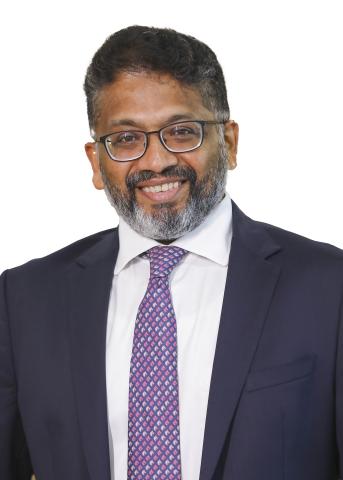- 4 views
“Change is the only constant” is an adage which applies perfectly to not just the macroeconomic environment but also to the equity markets in general. Behind every ‘fall in the market’ there will always be some events just as behind every ‘rally in the market’ there will be other events. It is the circle of life for markets. At some point the markets will get over-valued, events seen as negative will happen; resulting in markets getting “de-rated” and dropping into the “cheap” zone. Then at a subsequent date events interpreted as having a positive impact will happen, resulting in the markets getting “re-rated” and moving into the “expensive” zone. The question arises whether it is possible to “predict” these events or rather predict the “whys & wherefores” of these events, beforehand. Over the history of not just the Indian markets but also other global markets it has been but impossible either to predict or understand the “whys & wherefores” beforehand (though in hindsight, it appears that this was the only possible outcome).
So the relevant question that arises for a Fund Manager is “how does one prepare for these events or rather the unknown”? The breadth & the depth of the research process plays a key role in preparing for these. One of essential elements that has been built into our research process is to look at the performance of companies over an entire economic cycle, including during adverse macro scenarios in the past; i.e. whether the company has been able to weather these events and demonstrated the ability to return to a path of growth when the macro environment turns conducive.
Insulating one’s portfolio against mark-to-market losses is close to impossible (especially in equity markets), but the risk we try to avoid is permanent impairment of capital. There have been instances in the past whether companies from a certain sector have suffered permanent impairment of capital resulting in value being destroyed, but at the same time certain companies from the same sector have been able to weather the storm and come back again to a certain level of growth & valuation. If we can select securities that can weather difficult economic conditions then we can avoid permanent impairment of capital though we will require the knowledge and conviction to hold through periods of mark to market losses. This is the fundamental underpinning of our investment process.
The embedded aspect of risk management in our investment process is to identify businesses with strong operating cash flows & healthy return on capital (over a cycle). When a company/business has strong cash flows, it has the ability to withstand an adverse macro environment. Companies which our research categorizes as “C1” have positive operating cash flows in all 5 previous financial years. Combine that with a healthy return on capital and the company is not at the mercy of capital providers. Experience suggests that lack of capital is the biggest challenge companies’ face during period of adverse macro. This is where the seeds for permanent impairment of capital are sown. Where the cash flow and return on capital are healthy then the company has the resources to overcome trying times, but note that this is no insulation against a fall in its stock price. That is why “Return on Capital” and “Strong Cash Flows” are essential building blocks of our research process for stock selection.
One way to manage this risk is to be cognizant of valuations. For example, many of our fund managers took a favorable view of the Information Technology sector and took positions in companies during 2017. This was not based on our ability to predict that the “rupee” would drastically depreciate and the growth would go up but by taking comfort in high return of equity, high free cash flows that the companies demonstrated and the comfort that attractive valuations provided. Today these companies have gone up considerably in the last 12 months especially when the overall markets were flat to negative. In other words buying good quality businesses when they are cheap can help you ride out adverse macro & markets
Another key aspect in risk management is identifying “good, quality businesses” is to build into the research process the importance of visibility of medium to long term growth prospects. Here it is the construct of the growth the research process stresses upon. For example there could be businesses where the factors impacting growth like changing consumer preference, low penetration etc. have a longer growth runway and temporary adverse macro events do not have a long lasting impact on the overall business.
To sum it up, in the equity markets one cannot avoid quotational (or mark to market) losses but the objective of the investment process is to navigate through such volatility and to insure the portfolio against permanent impairment of capital. To achieve one should “prepare” rather than “predict” and the following are the aspects that can help one prepare;
-
Focusing of fundamentals like “return on capital” & “strong cash flow generation” which in lay terms means the business goes on though the stock price might fluctuate
-
Being cognizant of valuations: being willing to buy businesses when they are fundamentally sound and attractively valued
-
Focusing on businesses that have a visible and robust medium to long term growth runway.
To borrow a phrase – Tough times don’t last, tough people do. Our investment process guides us towards companies that can be survivors and will be the last man standing-first man forward.
Mutual Fund investments are subject to market risks, read all scheme related documents carefully.

